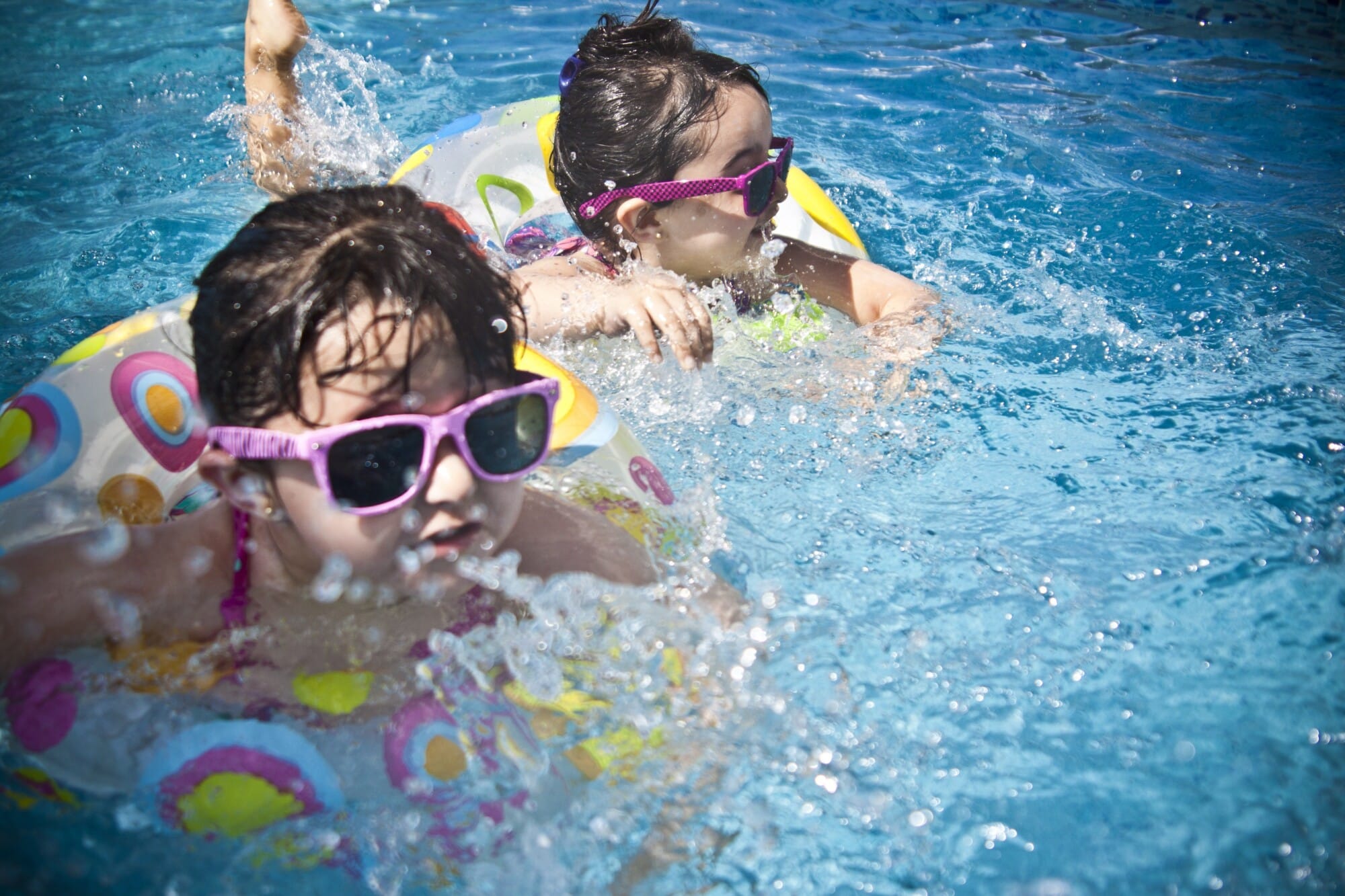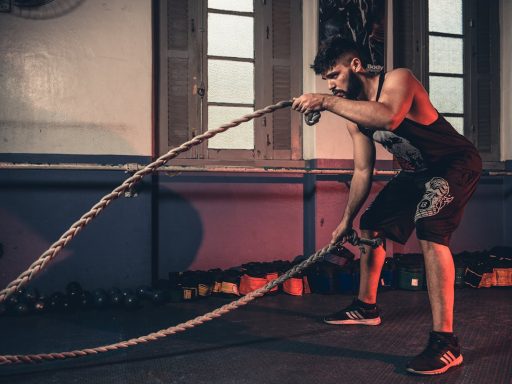As the winter season hits its stride, many are anxious for warmer weather, pool parties, and beach trips — especially kids. The countdown to Christmas is over, kickstarting the countdown to summer break and all the fun that comes with it.
While beach season may be months away, it’s never too early to start thinking about swim lessons for your child. Since 8 in 10 children drown in front of their parents, teaching them to swim isn’t just necessary — it’s life-saving.
Not sure how to teach your child to swim? We have a few tips and tricks to get you started:
Get Them Comfortable With Water
Much like learning to crawl before they walk, children need baby steps when it comes to swimming. After all, if they’re afraid of the water, they’re more likely to be afraid of swimming lessons, too.
So, how do you ensure they’re comfortable around water? The short answer is simple — start early. By the time they are a few months old, babies should be introduced to water, whether it’s in the bathtub or a pool (with constant supervision, of course.).
The goal? Have fun! Get them some toddler swimming trunks and allow them to splash around, feel the water on their face, blow bubbles, and play games. The more you create a positive association with water, the more comfortable they become — ultimately leading to a more confident swimmer.
Focus on the Basics
While starting out with the infamous doggy paddle is completely fine, it’s also important to teach your toddler to swim using the necessary basics. Here are a few ways to do that (for kids over the age of one):
- Having them sit on a step or in shallow water, show them how to kick with legs straight and toes pointed (similar to a ballerina)
- With your hands underneath their stomach, have them practice kicking and moving their arms
- Teach them how to float on their back (with your help, of course)
- Remind them to stop and take breaths
The overall goal isn’t to create independent swimmers but to get them familiar with proper swimming motions. (Since young children will still need your help until they grow out of toddlerhood.)
Teach Your Child to Swim Safely
As children enter the toddler years, the idea of swimming becomes more appealing. Their curious and independent nature creates more of a drive to explore their water skills, which is both exciting and nerve-racking for parents.
Once they are old enough to understand and follow directions, water safety should be a top priority. The biggest reason? Around 69 percent of young children who were found drowned or submerged in pools were not expected to be there in the first place.
Children are drawn to water, so it’s imperative to stress safety measures. Here are a few tips:
- Make sure your child always asks permission before going into the water (and waits for you to join)
- Enforce strict rules around the pool, such as no running and always enter the water feet first
- Teach them how to roll onto their backs and float while in the water (a necessary maneuver if they accidentally fall in)
- Never leave them unattended (even for a second!)
One of the most important ways to ensure safety is to get your toddler to wear a life jacket whenever they’re in the water. Of course, they cannot solely depend on their support (especially if there is an accident), further emphasizing the importance of swim lessons.
Ready to get your child in the water? Remember to keep a constant eye out, provide hands-on support, and — most importantly — keep it fun!







